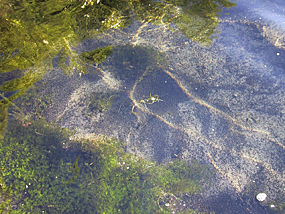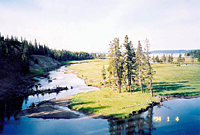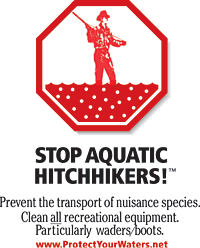


|
Yellowstone National Park
Attention Anglers: Invasive Threats - Clean Your Gear
|
||
|
|
||
|
|||||||||||||||||||
 |
Did You Know? |
|||
| Disclaimer | Accessibility | Privacy Policy | FOIA | Notices | USA.gov |
Last Updated: January 03, 2008 at 16:23 EST





